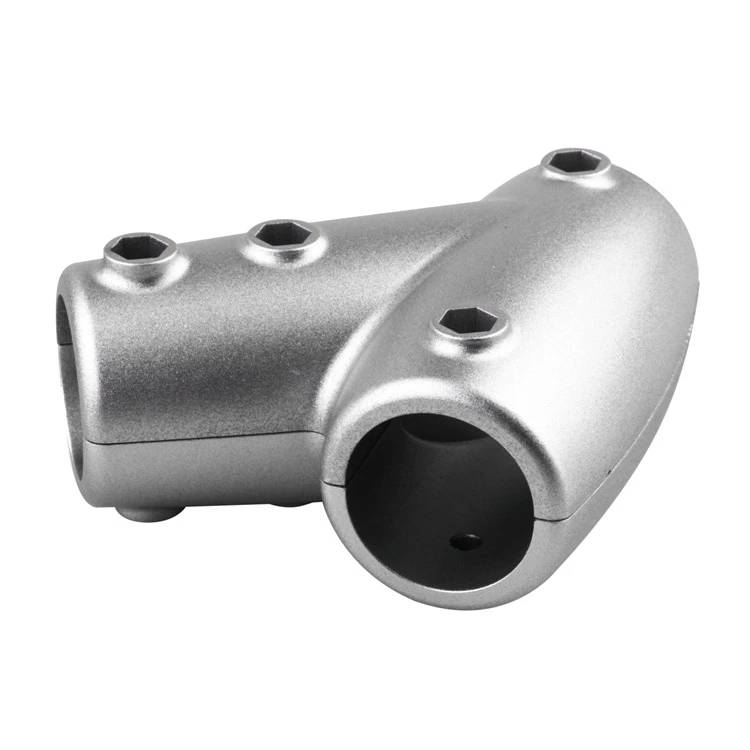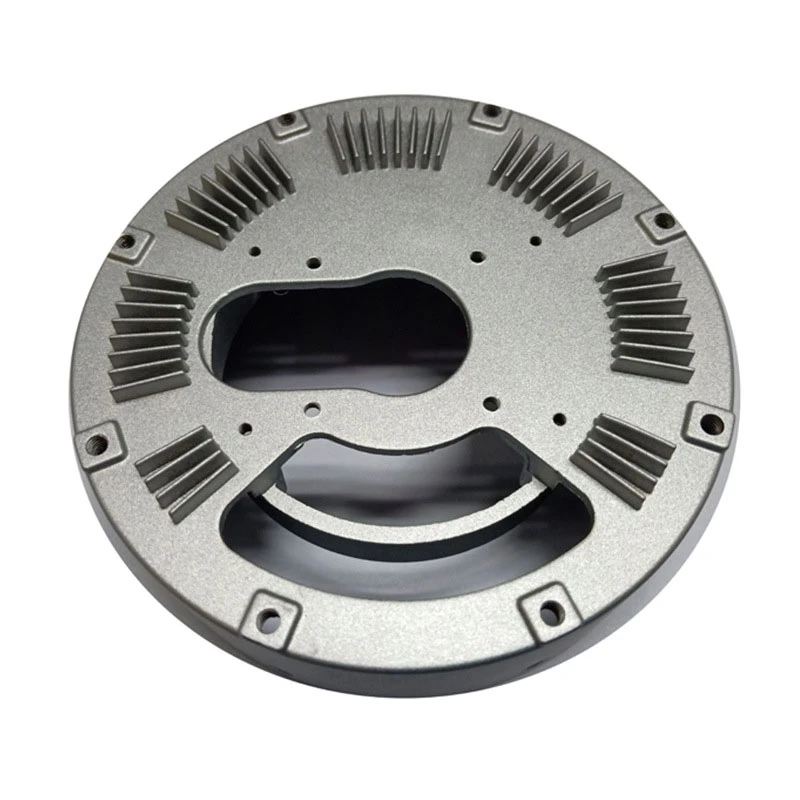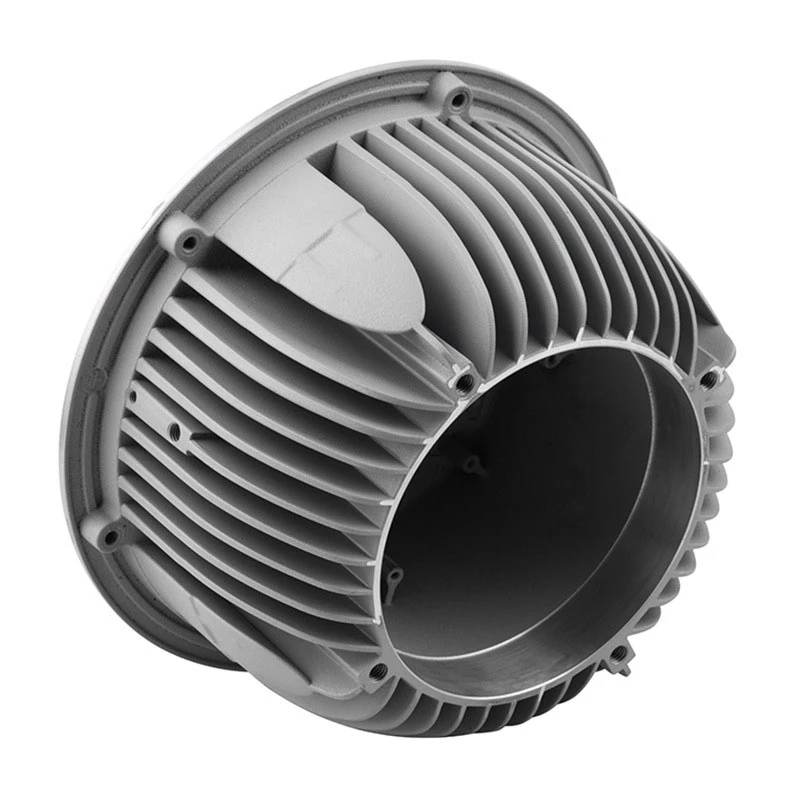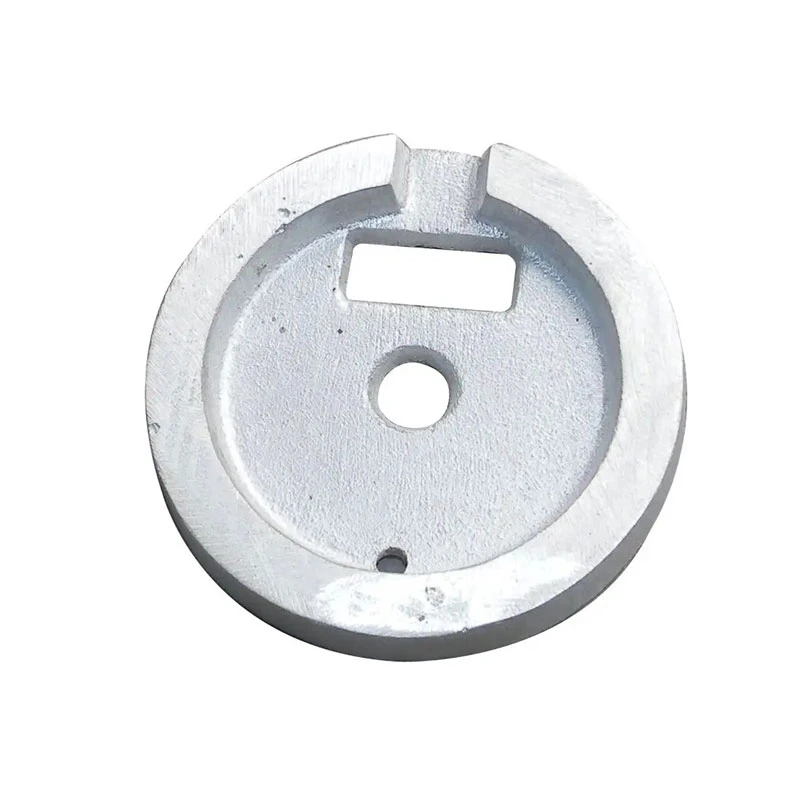diamond machining
Diamond Machining A Precision Approach to Advanced Manufacturing
Diamond machining represents a cutting-edge technique prominent in the world of advanced manufacturing. This method, characterized by its precision and efficiency, utilizes diamond tools to shape and finish materials with exceptional accuracy. As industries demand higher standards for tolerances and surface finishes, diamond machining has emerged as a key player in meeting these requirements.
At its core, diamond machining involves the use of diamond-embedded cutting tools, which are renowned for their hardness and durability. Diamonds are the hardest natural material on Earth, making them an ideal choice for machining tough materials such as ceramics, glass, and hard metals. The ability to maintain a sharp edge and withstand high temperatures means that diamond tools can perform consistently over extended periods compared to conventional tooling options.
One of the primary advantages of diamond machining is its capability to produce extremely fine surface finishes. Traditional machining methods often leave behind micro burrs and rough edges, necessitating further finishing processes. In contrast, diamond machining can achieve surface finishes that are measured in nanometers, thereby reducing or even eliminating the need for subsequent grinding or polishing operations. This not only conserves time and resources but also enhances the overall quality of the finished product.
The versatility of diamond machining extends to various applications across numerous industries. In the aerospace sector, for example, components like turbine blades and precision gear components benefit from the high tolerances and superior surface finishes that diamond machining provides. Similarly, the optical industry relies on this technology for fabricating lenses and mirrors, where even the slightest imperfection can lead to significant performance issues. Furthermore, the semiconductor industry utilizes diamond machining for producing components with intricate geometries that are essential for modern electronic devices.
diamond machining
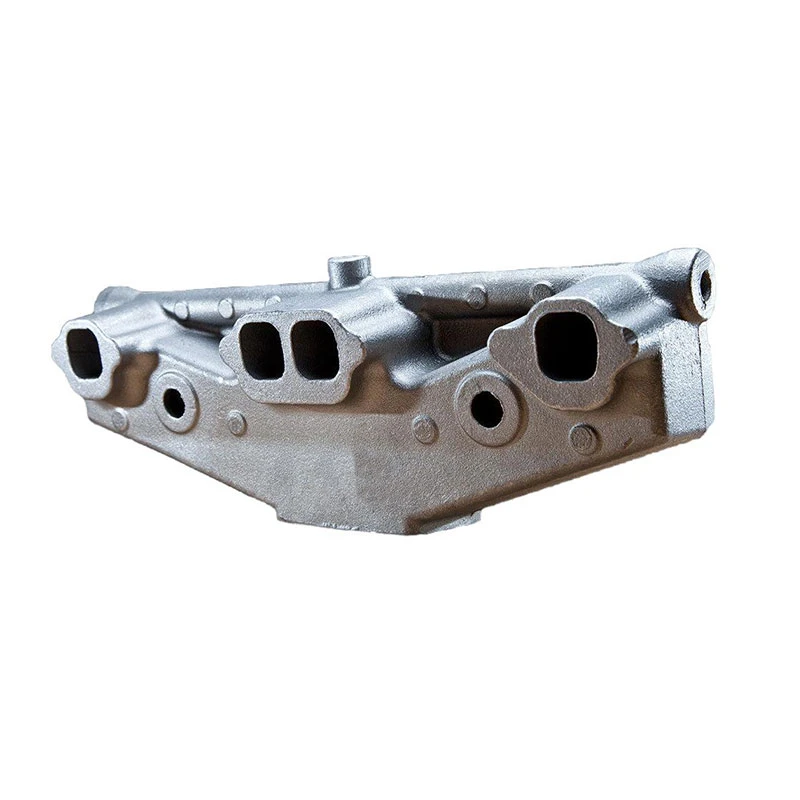
Despite its myriad advantages, diamond machining is not without its challenges. The high cost of diamond tooling and the initial investment in machinery can be prohibitive for some manufacturers. Additionally, the technique requires skilled operators who understand the nuances of working with diamond tools and the specific characteristics of the materials being machined. Nevertheless, as technology progresses and the demand for precision manufacturing continues to rise, the economic viability of diamond machining is expected to improve.
Environmental considerations also come into play in the diamond machining landscape. The process generates minimal waste compared to traditional methods, aligning with the growing emphasis on sustainable manufacturing practices. Moreover, advancements in cooling techniques and dust extraction systems have further mitigated the environmental impact of diamond machining operations, making them a more eco-friendly choice in many scenarios.
Innovations in diamond machining technology, such as the development of ultra-precision machining centers and computer numerical control (CNC) systems, have propelled the industry forward. These advancements enhance productivity and allow for complex geometries and contours that were previously unachievable. Integration with artificial intelligence and machine learning is on the horizon, promising even greater efficiencies and optimizations within the machining process.
In conclusion, diamond machining stands at the forefront of modern manufacturing. Its ability to deliver unparalleled precision and exceptional surface finishes makes it an indispensable tool across various industries. As manufacturers continue to push the boundaries of what is possible, diamond machining will play an increasingly vital role in realizing innovative designs and high-performance products. While challenges remain, the ongoing advancements in technology and practices promise a bright future for diamond machining and its applications, reaffirming its status as a cornerstone of advanced manufacturing.
-
Aluminium Pressure Die Casting High-Precision & Durable Solutions for Complex PartsNewsJul.08,2025
-
Top Aluminum Sand Castings Manufacturer – Precision Green Sand Castings for Industrial NeedsNewsJul.08,2025
-
Precision Lost Wax Casting Quotes – High Accuracy Custom Parts Lost Wax Precision Casting ServicesNewsJul.07,2025
-
High-Quality Sand Used for Casting - Superior Sand for Sand Casting ProcessesNewsJul.07,2025
-
China Supply High End Metal Stamping Parts Sino - Precision Manufacturing FactoryNewsJul.06,2025
-
High-Quality Automotive Investment Casting Services Precision & Sand Casting SolutionsNewsJul.06,2025








